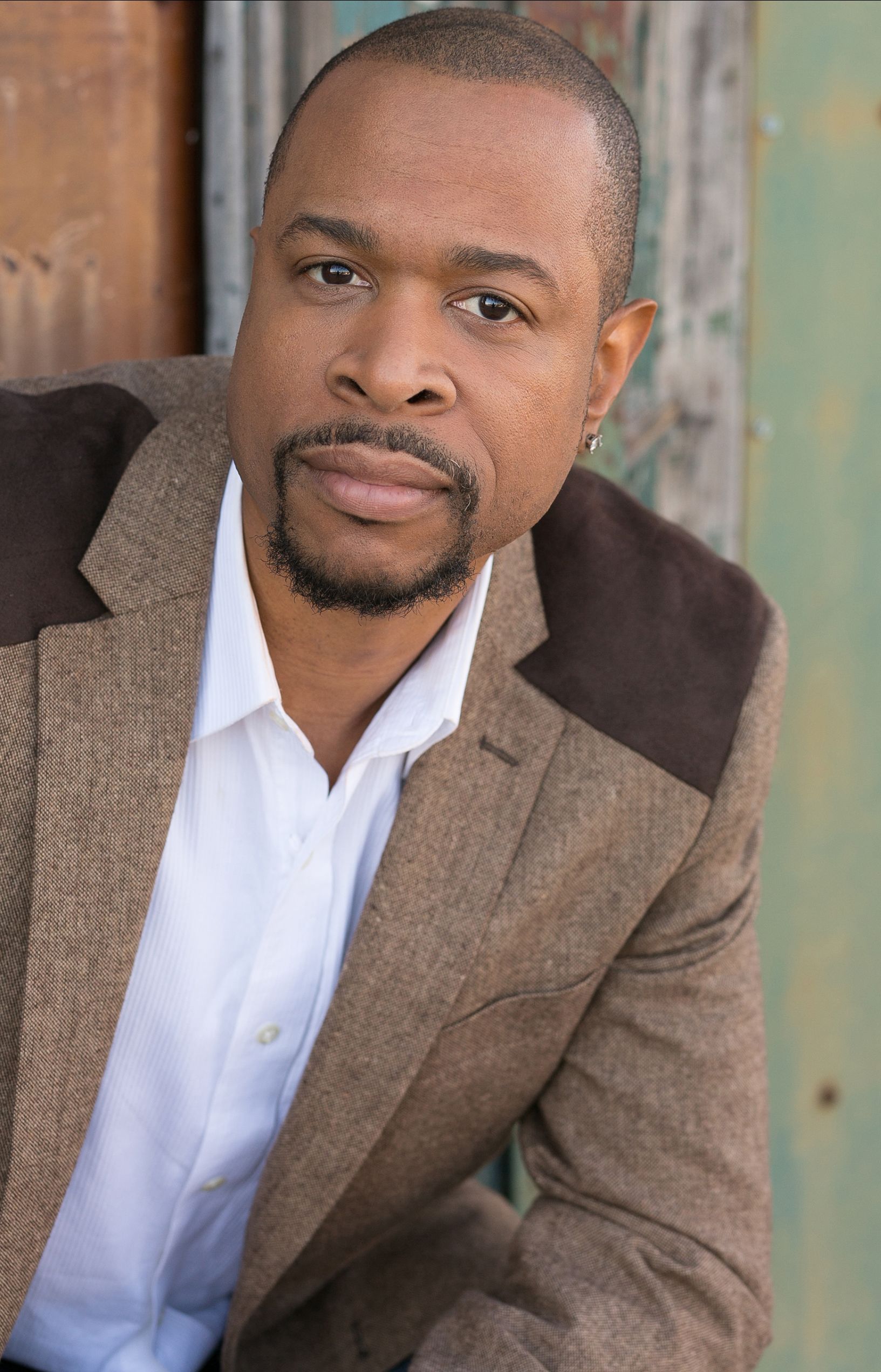Expert Advice from Roosevelt Pittman
Senior Environment Artist,
Lead Hardsurface Modeler for High Voltage Software

by Genny Ramos
When Roosevelt Pittman (MA 2014) was just a kid playing video games, it never crossed his mind that one day he would be creating worlds for some of the most recognizable characters in the gaming industry.
Today, he is an environment artist and lead hardsurface modeler at High Voltage Software where he uses 3D modeling to design the settings that characters and objects interact with in video games. On March 12, he joined the Career and Professional Experience office’s Expert Exchange program to share his career advice with students. Roosevelt chatted with us about how he broke into the industry.
What led you to a career as an environment artist?
Growing up, there weren’t many people around me or in my community that were “artists.” It wasn’t until my senior year of high school that my art teacher encouraged me to pursue a career in art. I began looking into well-paid art careers and stumbled upon computer animation.
What are some of the challenges you’ve faced, and how did you bounce back?
I went on a job interview and the interviewer gave me honest feedback: I wasn’t good enough. I could have quit, but I knew that I could do this work. I surrounded myself with passionate 3D artists. We stayed in the lab and constantly worked at our craft. The lightbulb went off, and I began to excel.
How did your experiences at the School of the Art Institute of Chicago prepare you for your current career?
The art education program helped hone my communication skills and formed how I lead a team of artists at High Voltage. It also gave me clarity on ways I can share my artistic practice with youth in a meaningful way. I was made aware of art organizations I could serve on and be a teaching artist with.
I take opportunities to speak on panels and demystify the work that I do to make it more accessible to young artists. I draw more connections between my work and the importance of being a person of color in my industry.
You’ve served as an educator and have guided students through their own artistic journeys. What advice do you share with them?
A motivated individual can learn the techniques required, but that may not be enough. You have to take opportunities to separate yourself. When you create art that has meaning and is high quality, it stands out from something that is just well done. ■

